|
Well, I finally managed to get my hands on this rare little thing, and since nobody has offered a perspective on the kit as
far as I know, I thought I'd give a rudimentary preview if nothing else.
A short history of the vehicle: In late 1943, Zahnradfabrik Augsburg equipped a Panzerkampfwagen IV Ausf. H with a newly developed hydraulic steering system. A
Thoma oil drive transmission was installed in the rear, and the front drive sprocket was modified and disconnected from the final drive, while the rear idler was
replaced with a new sprocket. The new power train consisted of twin oil pumps driven by a Maybach HL 120 TRM engine. In order to accommodate all the changes, the
entire engine deck and rear was modified. Tests were never concluded, apparently due to breakdown and lack of parts to repair it. The vehicle was later captured
by the advancing US forces, and was kept at Aberdeen U.S Army Proving Grounds in Maryland until about 2012. Since then it has been moved into storage pending the
opening of the new "US Tank Museum".
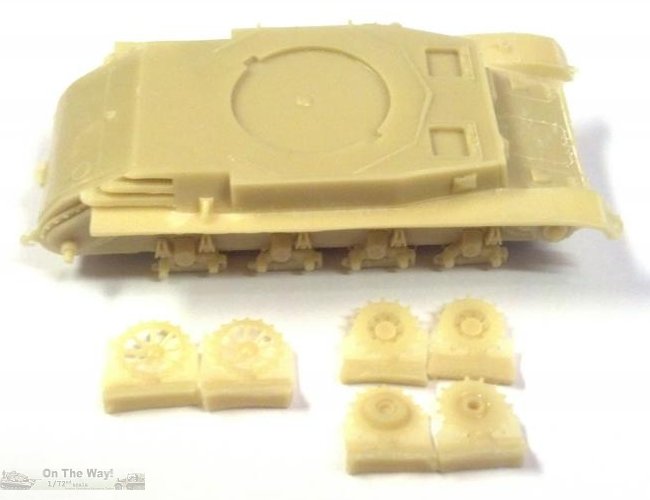
For those unaware, this is a conversion kit for the Revell IV H. It comes with a new hull, as well as two complete new sprockets, and two additional half sprockets
to replace the outer part of the Revell ones. This is the kit as it arrived at my doorstep (above).
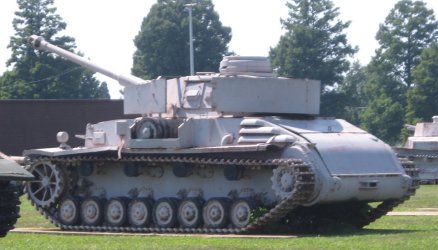
Let's start with the wheels. I really don't think the ones supplied are of any use. The rear sprocket parts are far too big. On the actual vehicle the sprocket
was quite small; not much bigger than a road wheel. Here is a photo I took of the real thing (above).
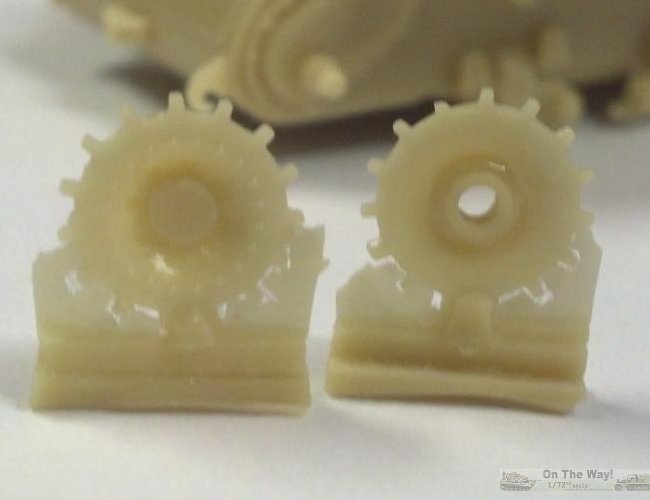
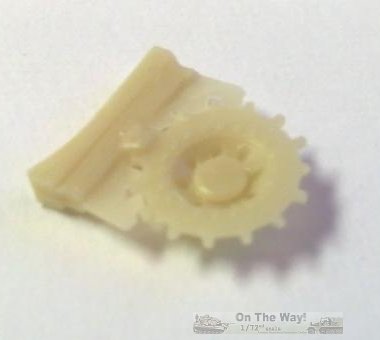
The supplied kit sprocket is nearly as big as a normal Panzer IV idler! Additionally, the bolt pattern is all wrong. Compare the above photo to the real tank above.
Overall, I think the sprocket ought to go into the spares bin for something else. It's no good here.
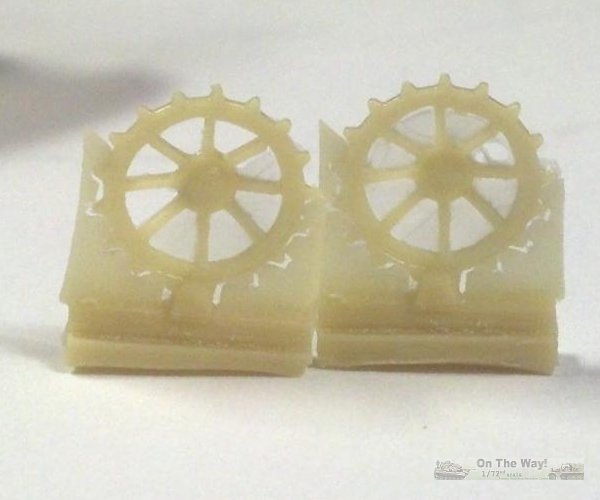
How's the front idler though? Well... uh... look for yourself. If it isn't obvious in the photo above, the hubs are off center. The otherwise accurate detail of
the parts are marred by asymmetry.
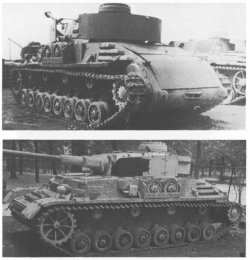
Then we get to the hull. It
does not have zimmerit, which could be a problem depending on what look you're trying to go for. When found by the US Army, the vehicle had a coating of
zimmerit on the hull. It was then removed, possibly by the APG staff.
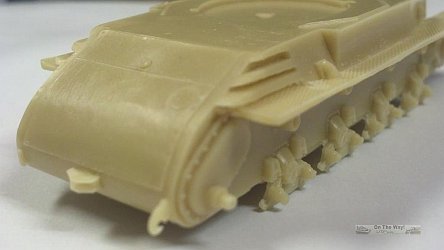
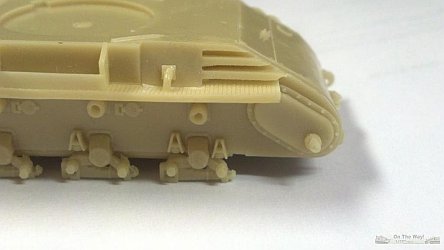

More relevantly, however, the exhausts and intakes are wrong or missing altogether. Check out the side vents.
On the kit, they're flush with the side of the hull. On the photo of the real vehicle above right, they bulge out on all sides. I'm fairly sure this is caused by the
rear hull plate being too far out onto the fenders. The entire rear hull should be a little bit narrower. To fix this, you'd have to sand the rear hull sides to
the correct angled shape, and scratch build new vent covers. Additionally, the rear hull should have two large circular air intake vents on the horizontal surface just
behind the turret covering almost the entire area. The kit's area is completely bare.
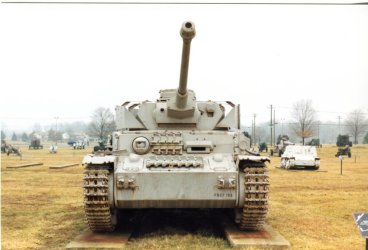
Lastly, there is the front hull. This picture (above) provided by Tony Ivey shows how the vehicle currently looks.
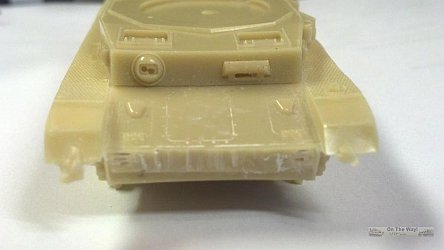
The kit parts looks like this. Overall not bad, although there are small bubbles to fill here, and the machine gunner's sight is way too large. The spare tracks
will have to be found elsewhere,
although there might be enough in the Revell kit, though I'm not sure. One other point of mention is that the underside of the hull is detailed. I don't have any
pictures, but the detail is copied from the Revell lower hull I believe, as are the bogies. The bogies in my kit, however, are warped. Shouldn't be hard to fix that.
Overall, I can't recommend this to anyone trying to build an accurate vehicle. The only thing it's good for is as a what-if mass production derivative or something
of that nature, and even then it would require modifications to make sense, such as removing the transmission hatches on the bow. If you want an accurate vehicle,
you'd probably be better off with the TANK kit.
Also, thanks to Tony Ivey for helping me acquire the review sample.
It looks to me that the final drive housing is too close to horizontal on the kit, and that the rear hull has the angled bit too far down. The rear hull should
follow the lines of the final drive up, and when the final drive housing ends and curves away, the hull angles to a shallower slope upwards. On the kit, it does
not quite look that way.
Preview sample purchased by the author.
Modell Trans Modellbau products are avilable at

|










